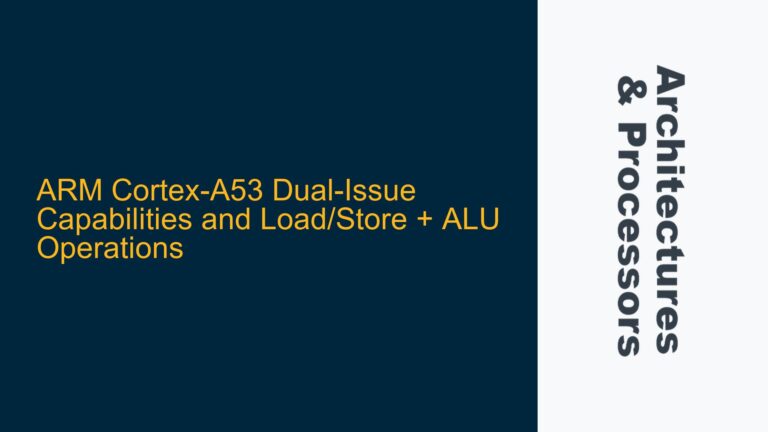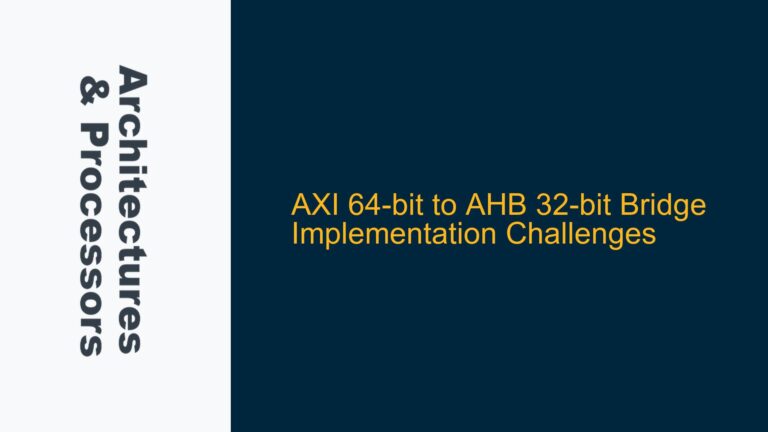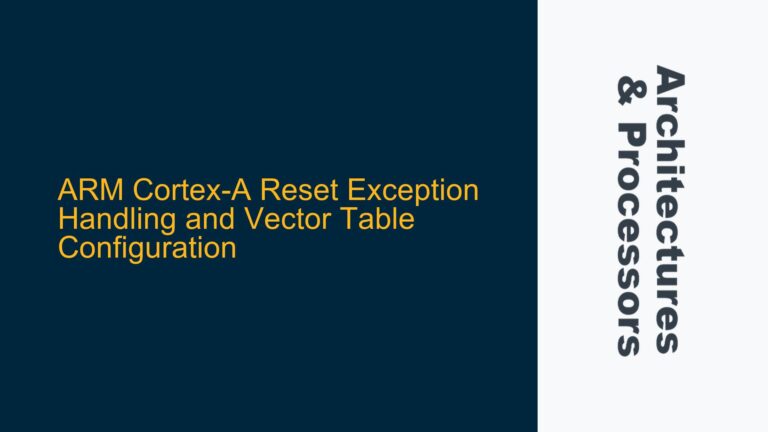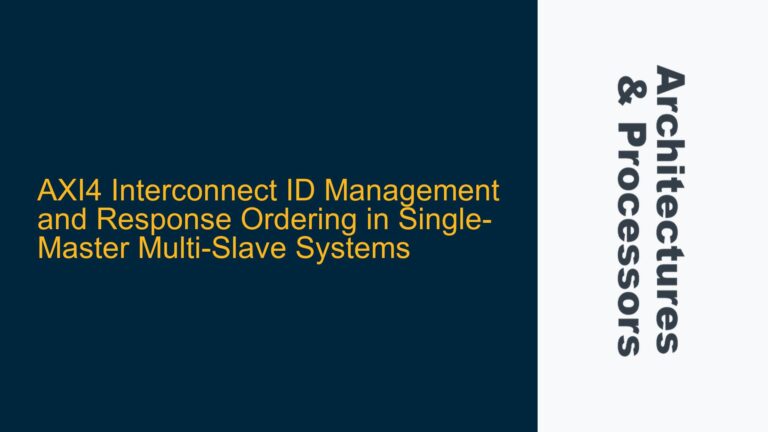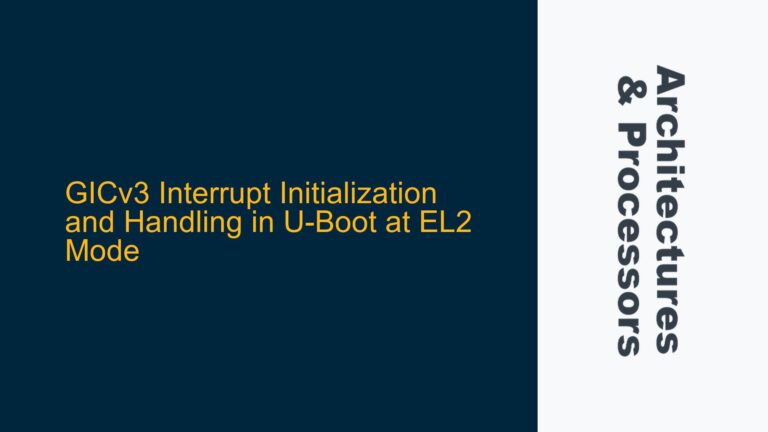Tetramax Memory Model Compatibility Issues in Cadence Modus
The integration of Tetramax-generated memory models into Cadence Modus for scan vector generation presents a significant challenge, particularly when the models are ignored or not properly recognized by the tool. This issue arises when attempting to generate scan vectors for memories embedded within the scan chain of an ARM-based SoC. The problem is exacerbated when the memory models, which are critical for accurate scan testing, fail to interface correctly with the vector generation process in Modus. This can lead to incomplete or incorrect scan vectors, compromising the overall test coverage and reliability of the design.
The core of the problem lies in the compatibility between the Tetramax memory models and the Cadence Modus environment. Tetramax, a tool from Synopsys, is widely used for generating test patterns and models for scan testing, while Cadence Modus is a competing tool for scan vector generation. The mismatch between these tools can result in the memory models being either ignored or misinterpreted, leading to inefficiencies in the scan testing process. This issue is particularly critical in ARM-based SoCs, where the integration of complex memory structures and the need for high test coverage are paramount.
Memory Model Format and Tool Interoperability Constraints
One of the primary causes of this issue is the difference in the format and interpretation of memory models between Tetramax and Cadence Modus. Tetramax generates memory models in a specific format that may not be fully compatible with the input requirements of Cadence Modus. This format discrepancy can lead to the models being either partially recognized or completely ignored by Modus. Additionally, the way Tetramax handles memory elements within the scan chain may not align with the expectations of Cadence Modus, further complicating the integration process.
Another potential cause is the lack of proper configuration or setup in Cadence Modus to recognize and process Tetramax-generated memory models. The tool may require specific settings or additional information to correctly interpret the models, which may not have been adequately provided during the setup process. This can result in the models being overlooked or misinterpreted, leading to incomplete or incorrect scan vectors.
Furthermore, the complexity of the memory structures themselves can contribute to the issue. Modern ARM-based SoCs often incorporate a variety of memory types, including SRAM, DRAM, and flash memory, each with its own unique characteristics and testing requirements. The Tetramax models for these memories may not fully capture the nuances of each memory type, leading to discrepancies when the models are imported into Cadence Modus. This can result in the generation of scan vectors that do not adequately test the memory elements, reducing the overall effectiveness of the scan testing process.
Resolving Memory Model Integration and Vector Generation Issues
To address the compatibility issues between Tetramax memory models and Cadence Modus, a systematic approach is required. The first step is to ensure that the Tetramax memory models are generated in a format that is compatible with Cadence Modus. This may involve converting the models into a format that Modus can recognize, or modifying the models to include additional information that Modus requires for proper interpretation. This process may require collaboration between the teams responsible for Tetramax and Modus, as well as a thorough understanding of the input requirements for both tools.
Once the memory models are in a compatible format, the next step is to configure Cadence Modus to correctly recognize and process the models. This may involve adjusting the tool settings to ensure that the models are properly imported and interpreted. Additionally, it may be necessary to provide Modus with additional information about the memory structures, such as the type of memory, its size, and its placement within the scan chain. This information can help Modus generate more accurate and effective scan vectors.
In cases where the memory models are still not being recognized or processed correctly, it may be necessary to manually intervene in the scan vector generation process. This can involve manually specifying the memory elements within the scan chain and providing Modus with the necessary information to generate the scan vectors. While this approach can be time-consuming, it can help ensure that the scan vectors are accurate and comprehensive, even in the presence of complex memory structures.
Another potential solution is to use a different tool for scan vector generation that is more compatible with Tetramax memory models. While this may not always be feasible, it can be a viable option in cases where the compatibility issues between Tetramax and Cadence Modus cannot be resolved. This approach would involve evaluating alternative tools and selecting one that can effectively process the Tetramax models and generate accurate scan vectors.
Finally, it is important to thoroughly test the generated scan vectors to ensure that they provide adequate coverage of the memory elements. This can involve running the scan vectors on a simulation model of the SoC and verifying that all memory elements are properly tested. Any discrepancies or gaps in coverage should be addressed by revisiting the memory models and the scan vector generation process.
In conclusion, the integration of Tetramax memory models into Cadence Modus for scan vector generation can present significant challenges, particularly in the context of ARM-based SoCs with complex memory structures. By addressing the format and compatibility issues, configuring the tools correctly, and thoroughly testing the generated scan vectors, it is possible to overcome these challenges and ensure a robust and reliable scan testing process.

